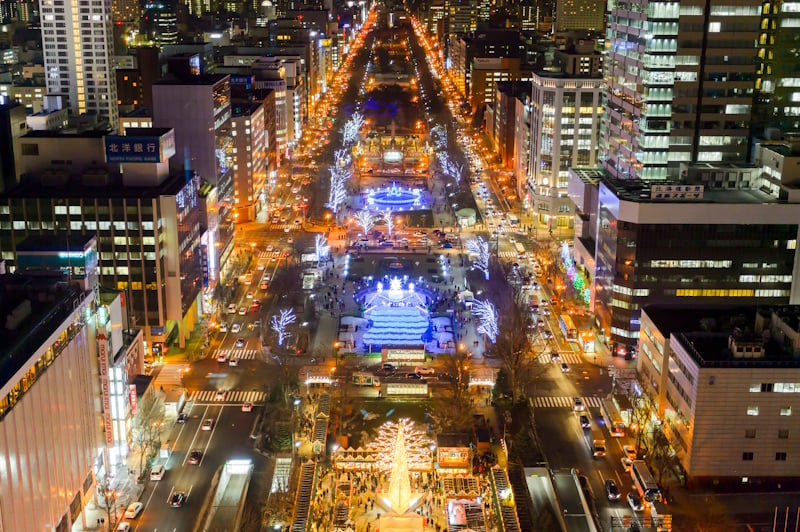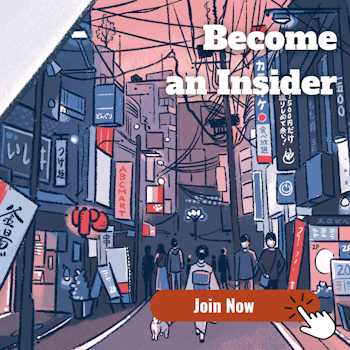Japan’s famous red light districts can be a fun spot to go and have a good time. They’re also locations where careless and inebriated people can lose a lot of money to criminals. In 2022, Sapporo passed an ordinance meant to address this. However, the city’s own data shows their barker problem has only gotten worse, with more people than ever dragging customers into scams.
48.3 violations per hour
 Picture: YsPhoto / PIXTA(ピクスタ)
Picture: YsPhoto / PIXTA(ピクスタ)
In most areas of Japan, it’s legal for a nightlife business—such as a girl’s bar or a concept cafe—to have people stand on the street with a sign and even shout, so long as they’re not targeting specific individuals. Barkering, or 客引き (kyaku-hiki) in Japanese, involves flagging down individual customers, sometimes even blocking their way or grabbing them physically.
Most cities with a red light district in Japan outlaw barker activity by city ordinance. That doesn’t mean it doesn’t happen. Walk down Kabukicho in Tokyo’s Shinjuku on any evening and you’ll eventually be flagged down by someone trying to drag you into an izakaya or a sex-related business such as an “oppai pub” (おっパブ; oppabu), or titty bar.
While some of these establishments are legitimate, most are scam operations that tack on charges surreptitiously. Customers can find themselves out hundreds or even thousands of dollars for entering the wrong location.
Sapporo passed an ordinance against barker activity in July 2022. Violators are subject to having their names made public and a fine up to 50,000 yen ($346).
Despite these regulations, reports Hokkaido Shimbun, the problem remains rampant. A recent report from the city shows that there are 48.3 incidents of soliciting an hour. That’s up by 10 people per hour over the previous year.
No fines under new law
The increase is likely the result of lax enforcement. Like Kabukicho, the city has “advisors” patrolling the streets. If they see barker activity happen, they tell the offenders to knock it off.
Planning a trip to Japan? Get an authentic, interpreted experience from Unseen Japan Tours and see a side of the country others miss!

“Noah [at Unseen Japan] put together an itinerary that didn’t lock us in and we could travel at our own pace. In Tokyo, he guided us personally on a walking tour. Overall, he made our Japan trip an experience not to forget.” – Kate and Simon S., Australia


Want more news and views from Japan? Donate $5/month ($60 one-time donation) to the Unseen Japan Journalism Fund to join Unseen Japan Insider. You’ll get our Insider newsletter with more news and deep dives, a chance to get your burning Japan questions answered, and a voice in our future editorial direction.
However, the barkers pretty much go back about their business once the advisors leave. They know the patrol members’ faces now, too, which means they can stop barkering the moment they see them and then resume once they leave the area.
As a result, the number of incidents fell in 2022 when the law was first passed but has since climbed again. According to the city, in in 2024, advisors directed barkers verbally against their activity 11,713 times. It issued a more formal request for cooperation in 47 cases, an official warning in nine cases, and an order to cease and desist in two cases. The city says it didn’t issue a single fine for barker activity during the year.
Moral of the story: Be careful if you head into a red light district like Kabukicho or Susukino. If someone tries to coax you into their store, they’re breaking the law – and likely planning to rip you off.


AloJapan.com